
Organ donation is a powerful act of kindness with the potential to save lives and bring hope to countless individuals in need. World Organ Donation Day, observed annually on August 13, highlights the importance of this selfless act, urging people worldwide to consider registering as organ donors. However, despite widespread support, a gap remains between those who support the cause and those who have taken the step to register. This gap often stems from a lack of awareness and common misconceptions. At Bios Urn®, we wanted to raise awareness about the importance of organ donation and how you give life and then become a tree after you pass away. Continue reading to learn more.
Types of Donation
Most organ donations occur after death, where a single donor has the potential to save up to eight lives. Organs such as the kidneys, liver, lungs, heart, and pancreas can be donated to individuals in critical need. Tissue donation is also possible, with donations of skin, bones, heart valves, and corneas enhancing the quality of life for up to 75 people. These donations can aid burn victims, restore sight, and improve the lives of countless others.
Living individuals who are medically fit can also donate organs like a kidney, part of their liver, or a lobe of their lung. This form of donation can be life-changing for recipients who might otherwise face a long wait for a suitable donor.
Organ and tissue donations provide second chances to those who desperately need them. Deceased donors can provide life-saving organs and life-enhancing tissues while living donors provide hope to those facing uncertain futures. Both types of donations have a profound impact on the recipients and their families.
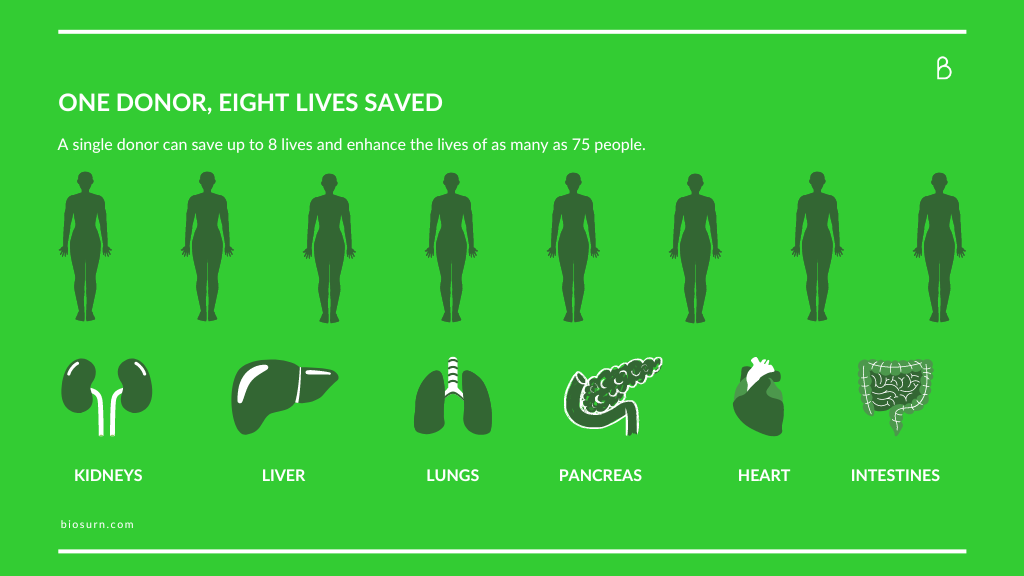
Busting Myths about Organ Donation
Despite the clear benefits, myths and fears often deter people from registering as donors. Some worry that being a donor will affect their medical care, but this is not true. Medical professionals prioritize saving lives, and donation is only considered after all life-saving efforts have been exhausted. It’s crucial to dispel these myths so that more people feel comfortable registering.
Anatomical Donation: Organ vs. Body Donation
Anatomical donations can be divided into two categories: organ donation and whole-body donation. Organ donation is often prioritized because of its immediate life-saving potential. However, body donation is equally important for advancing medical research and education.
It’s possible to register for both organ and body donation. In cases where organ donation is not possible, body donation can still contribute to scientific advancements that may save lives in the future. At Bios Urn®, we support all types of donations, but we believe it’s crucial for potential donors to understand how each type works so they can make informed decisions. Whether you choose organ donation, body donation, or both, your choice can make a significant impact.
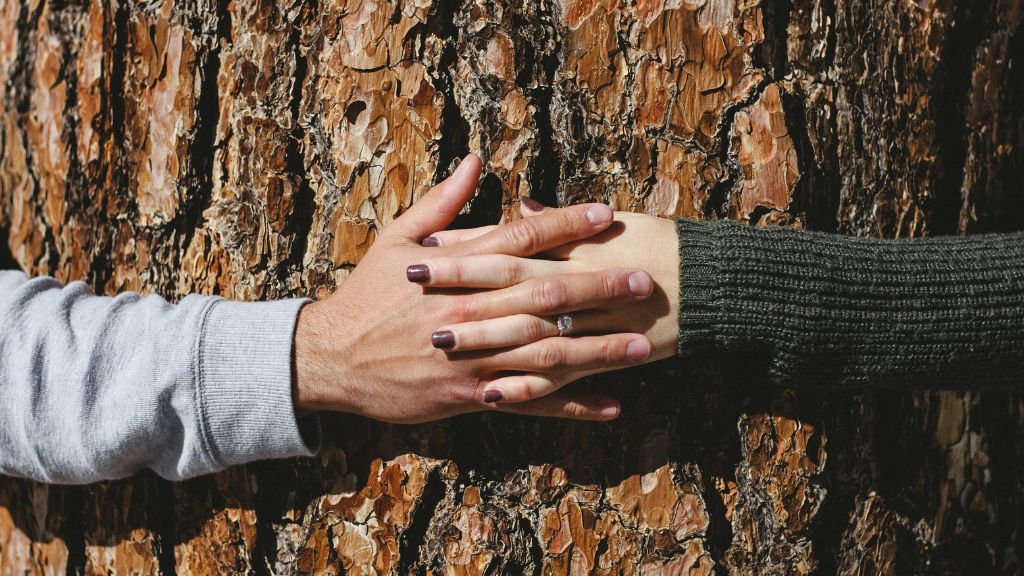
We’ve spoken to many people in our community who have pre-planned their end-of-life wishes to include organ donation and then be transformed into a tree in the afterlife with the cremation ashes returned after the donation is complete. Their reasons for becoming organ donors are varied, but their stories share a common theme of compassion and a desire to make a difference. You can read their stories here, and we hope their stories will inspire you to do the same.
Who Can Donate Organs?
Just about anyone, at any age, can become an organ donor. Anyone younger than 18 needs the consent of a parent or guardian. And no, you’re never too old to save lives as a donor. For example, one U.S. man gave the gift of life—and a liver—at the age of 95.
In some countries like England, Wales, and Singapore, individuals are automatically considered donors unless they opt out, while in others, registration is required. It’s a simple process that varies slightly depending on where you live, but the impact is immeasurable.
Resources for Registering:
- The U.S.: organdonor.gov or individuals can register as organ donors through their local Department of Motor Vehicles.
- Canada: Government of Canada
- Australia: Donate Life
- New Zealand: Organ Donation New Zealand
Costs Associated with Organ Donation
Typically, there are no costs to the donor’s family for organ donation. In many cases, the costs associated with cremation are also covered, with the ashes returned within weeks. This allows families to proceed with their plans, including the option to use the Bios Urn®.
One of the most common questions we receive is whether organ donation might interfere with plans to use the Bios Urn®. The answer is no. The Bios Urn® is designed to work with any amount of ash, making it compatible with organ and tissue donation.
Choosing to become an organ donor is a powerful way to save lives. Pairing this decision with a Bios Urn® means you can continue to give back to the earth even after your organs have helped others. It’s a beautiful cycle of giving that benefits both people and the planet.
What are your thoughts on organ donation? Are you ready to make a difference? Register today and let your legacy be one of life and growth. We would love to hear from you in the Comments section below on anything related to this article!
To keep up to date with all the latest Bios Urn® news and stories, you can follow us on Facebook, Instagram, Twitter, Pinterest and YouTube!
Join our mailing list to keep you updated of all Bios® news and get a 10% Discount!
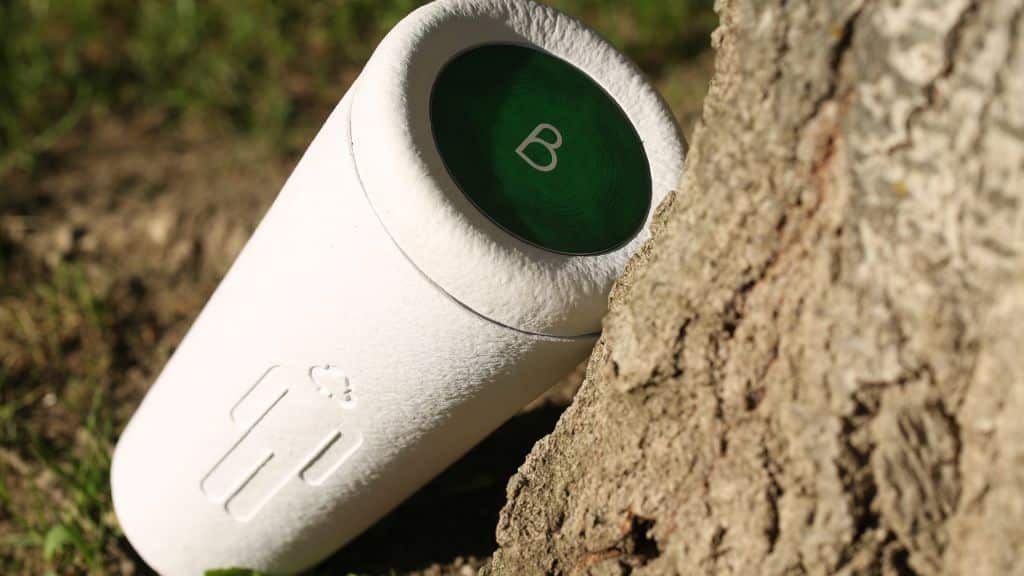






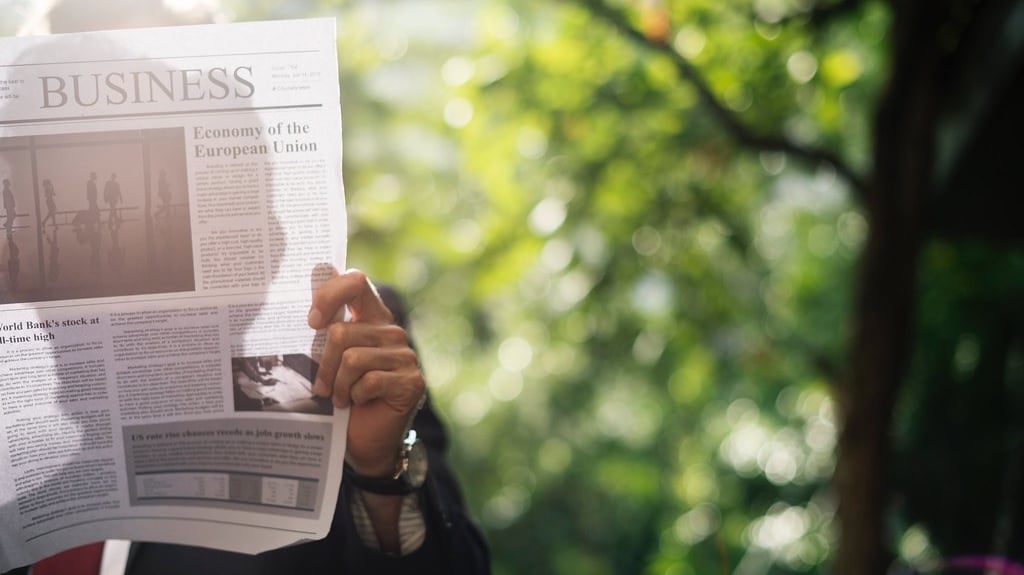
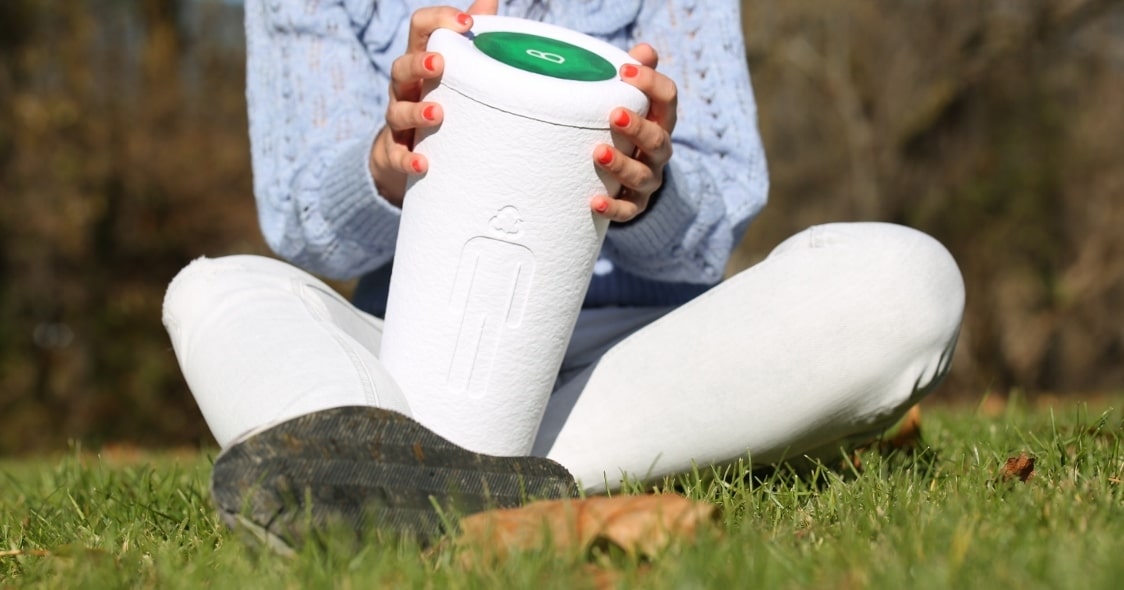
Leave a Reply